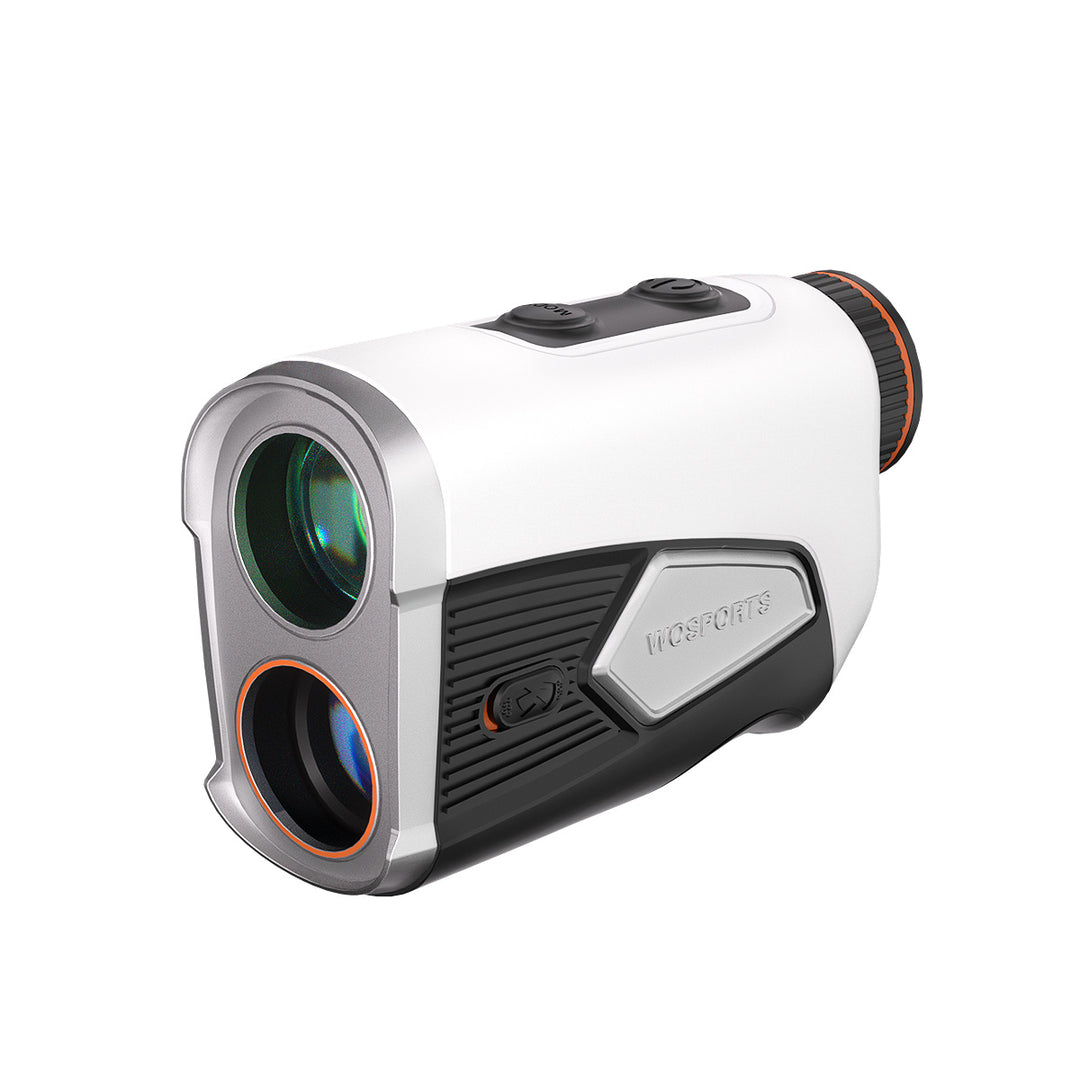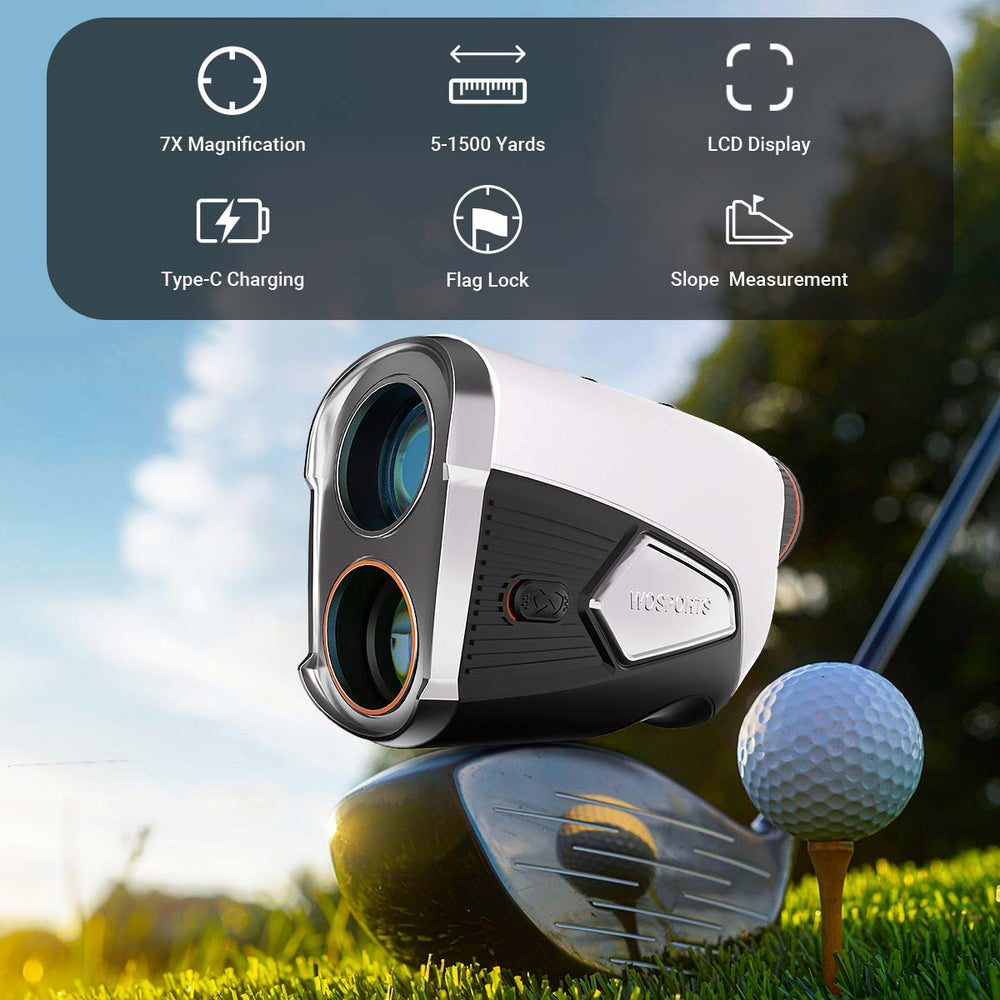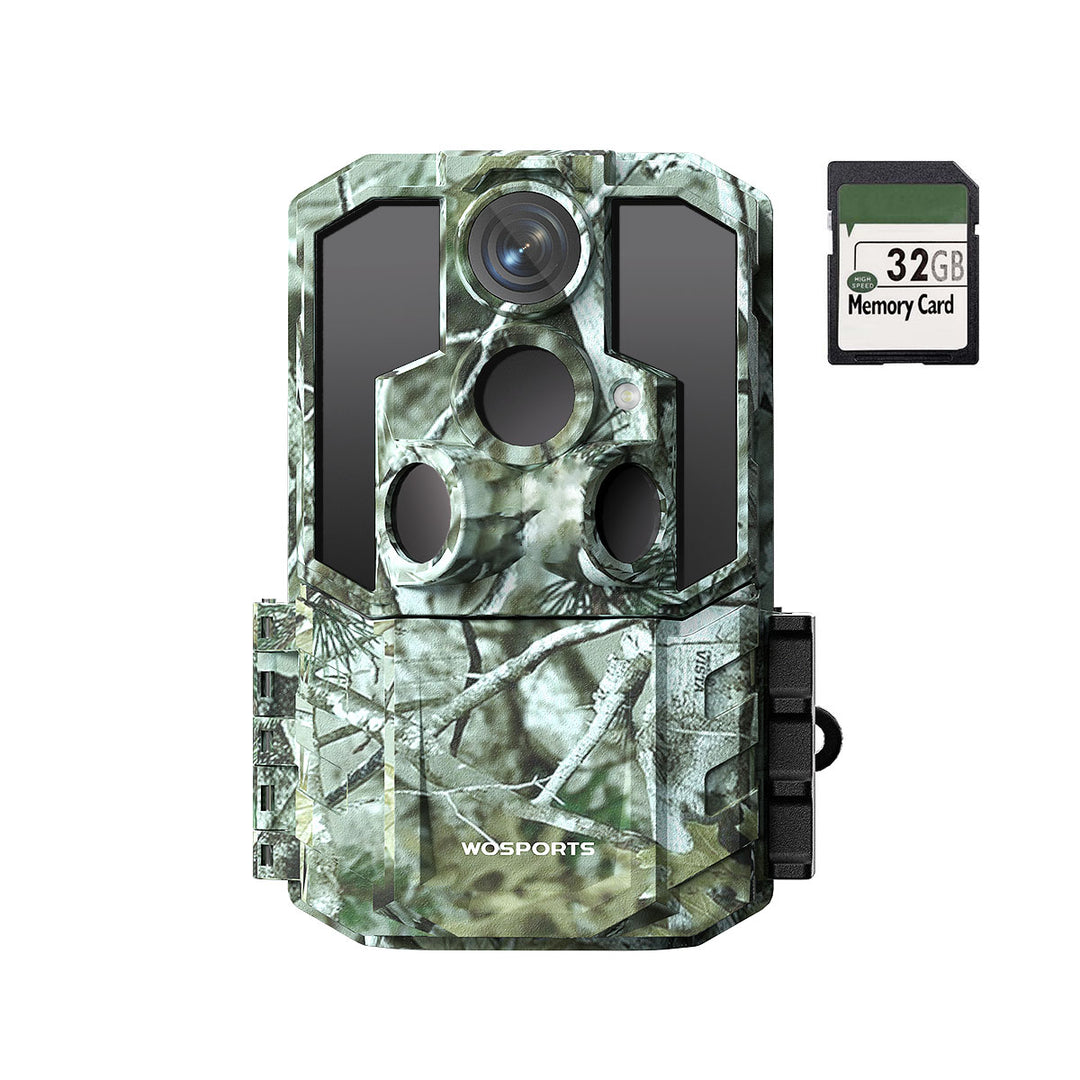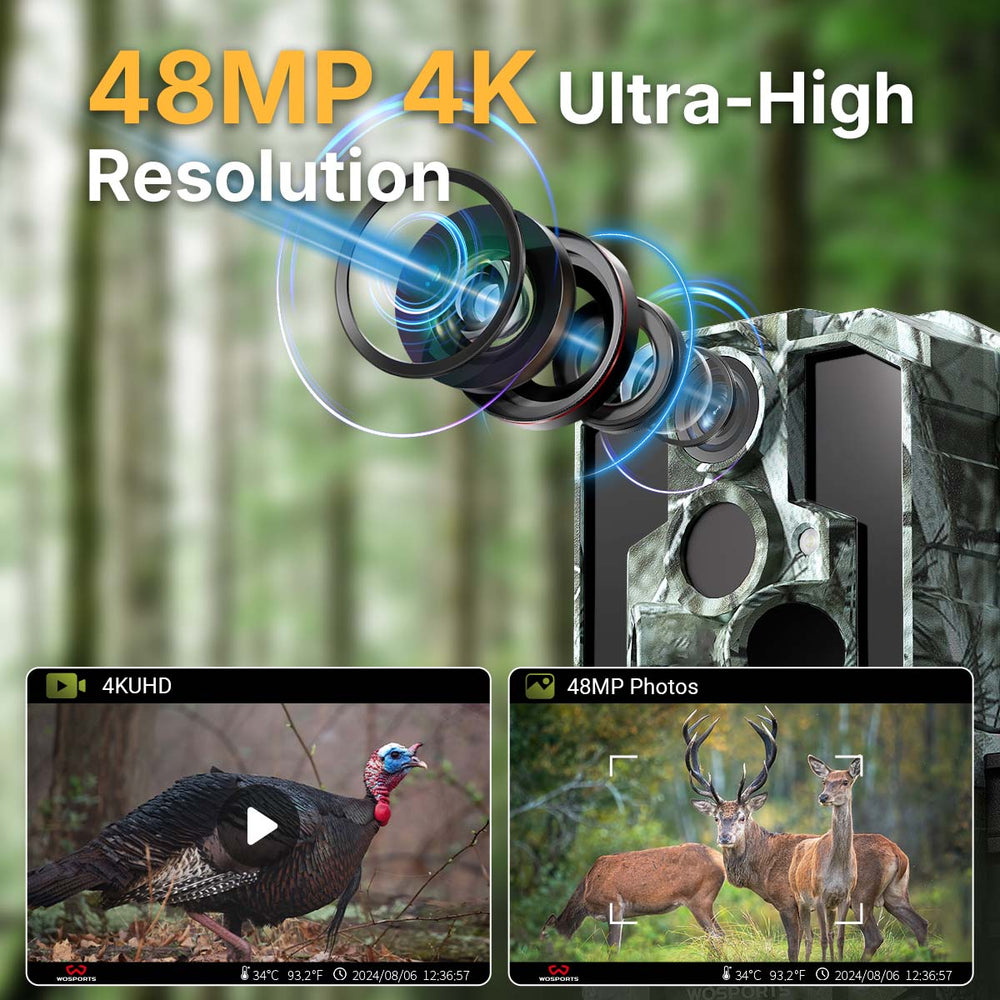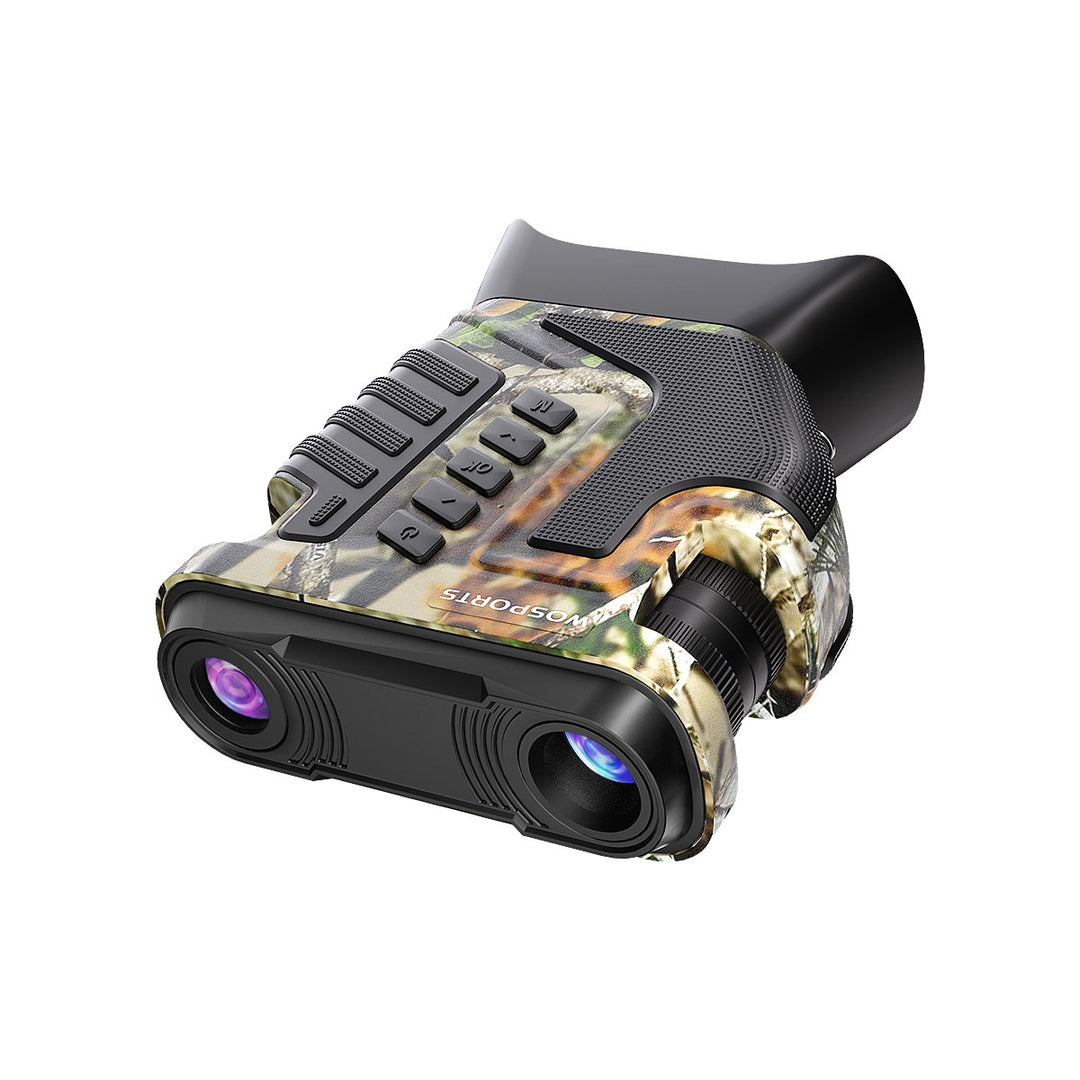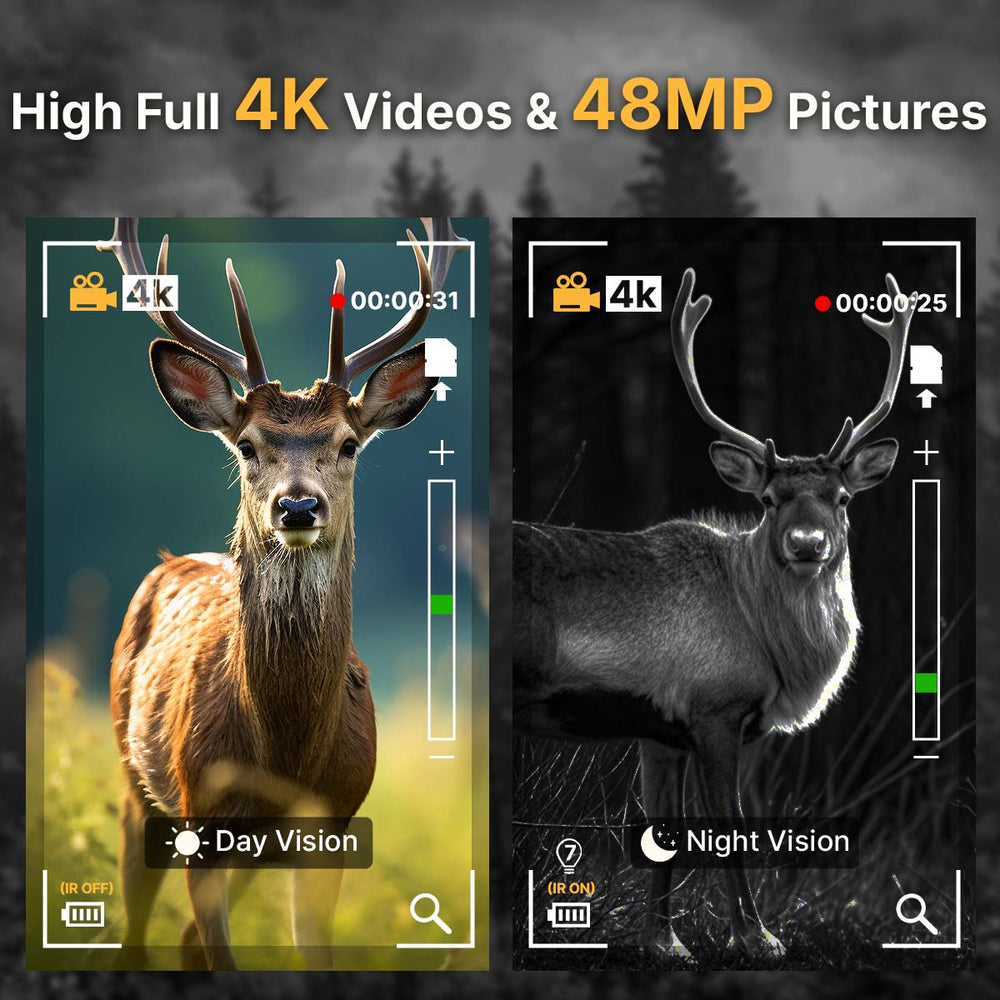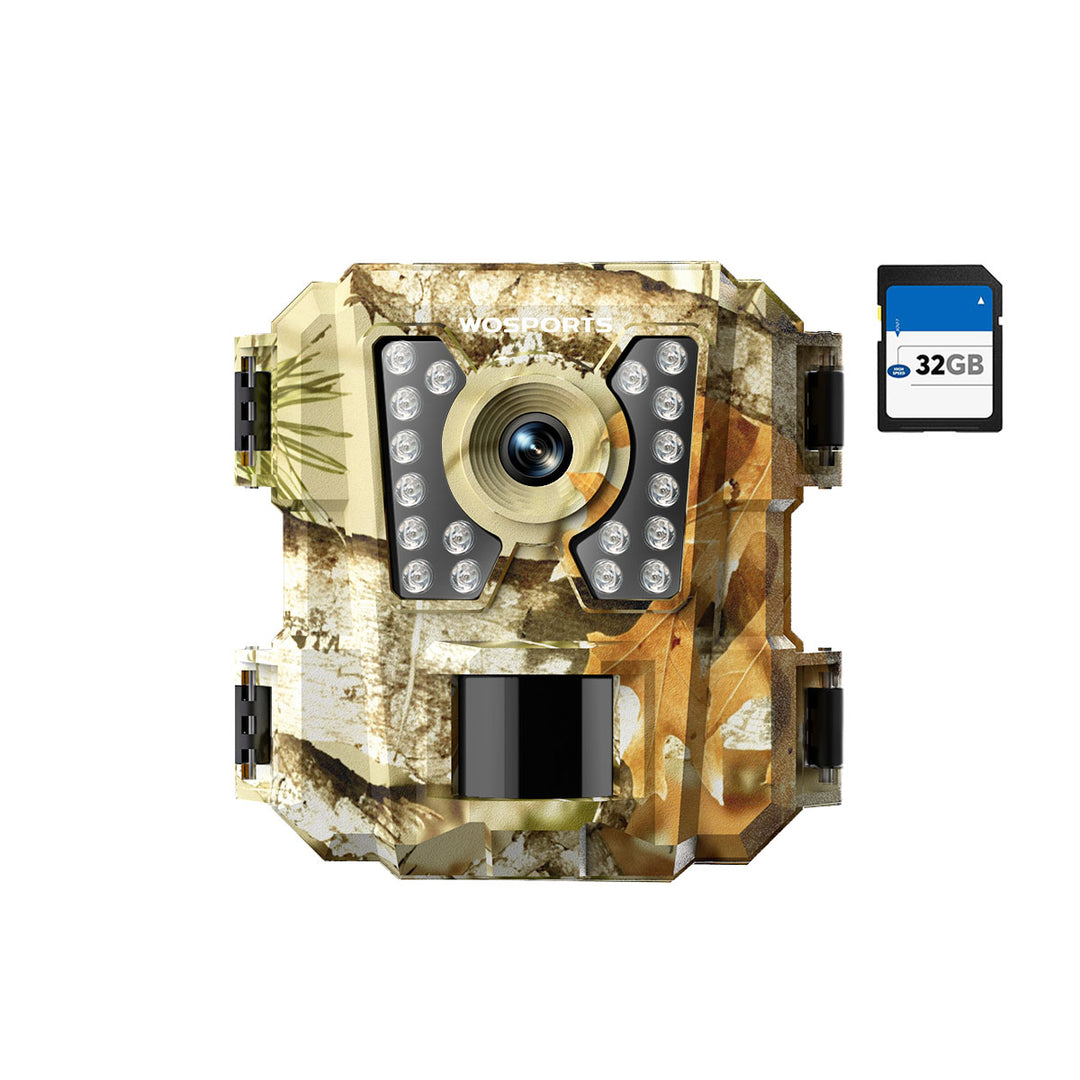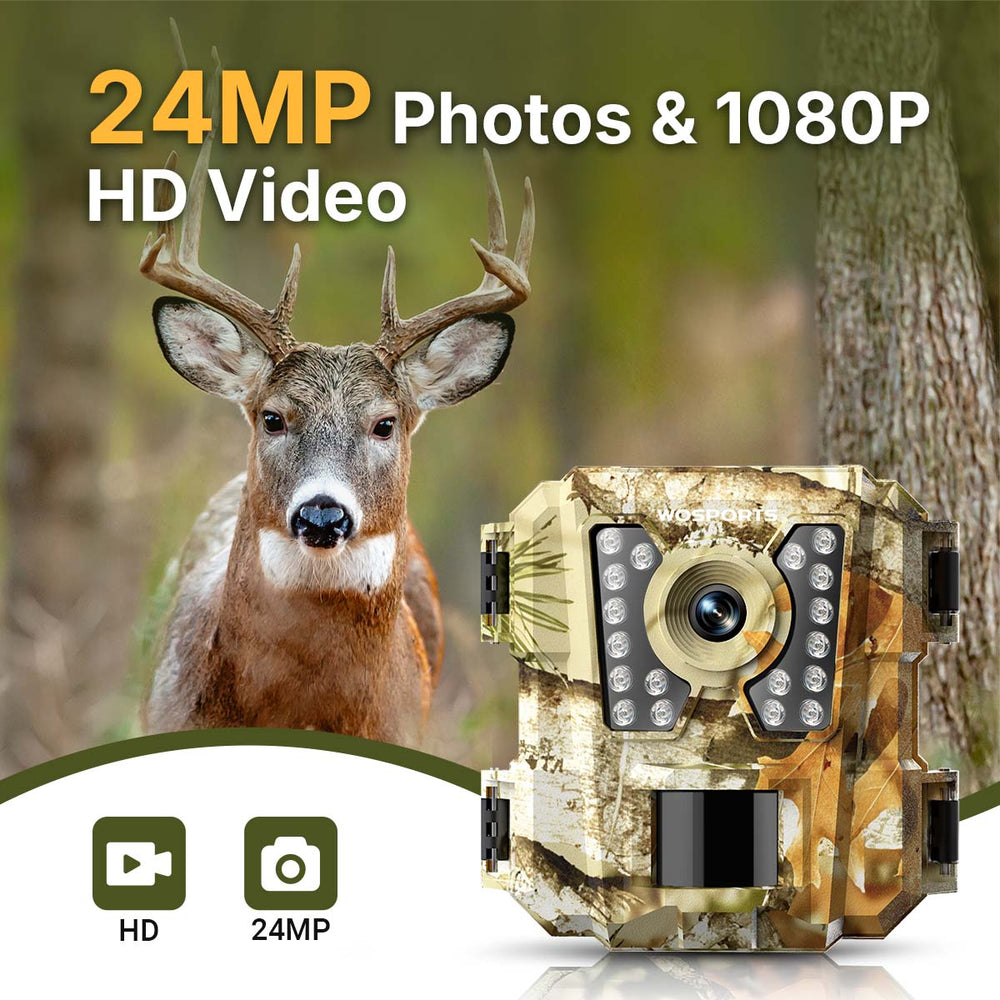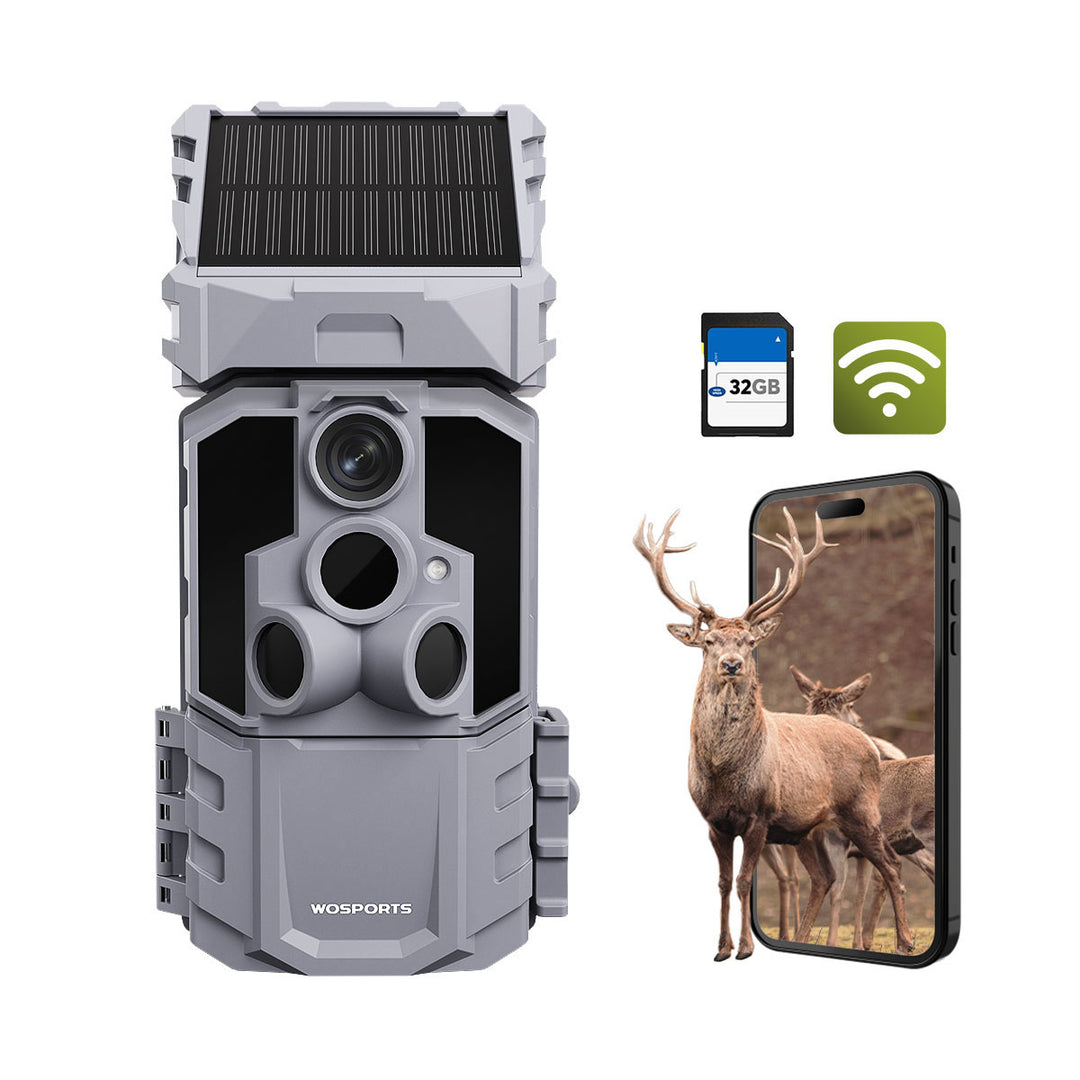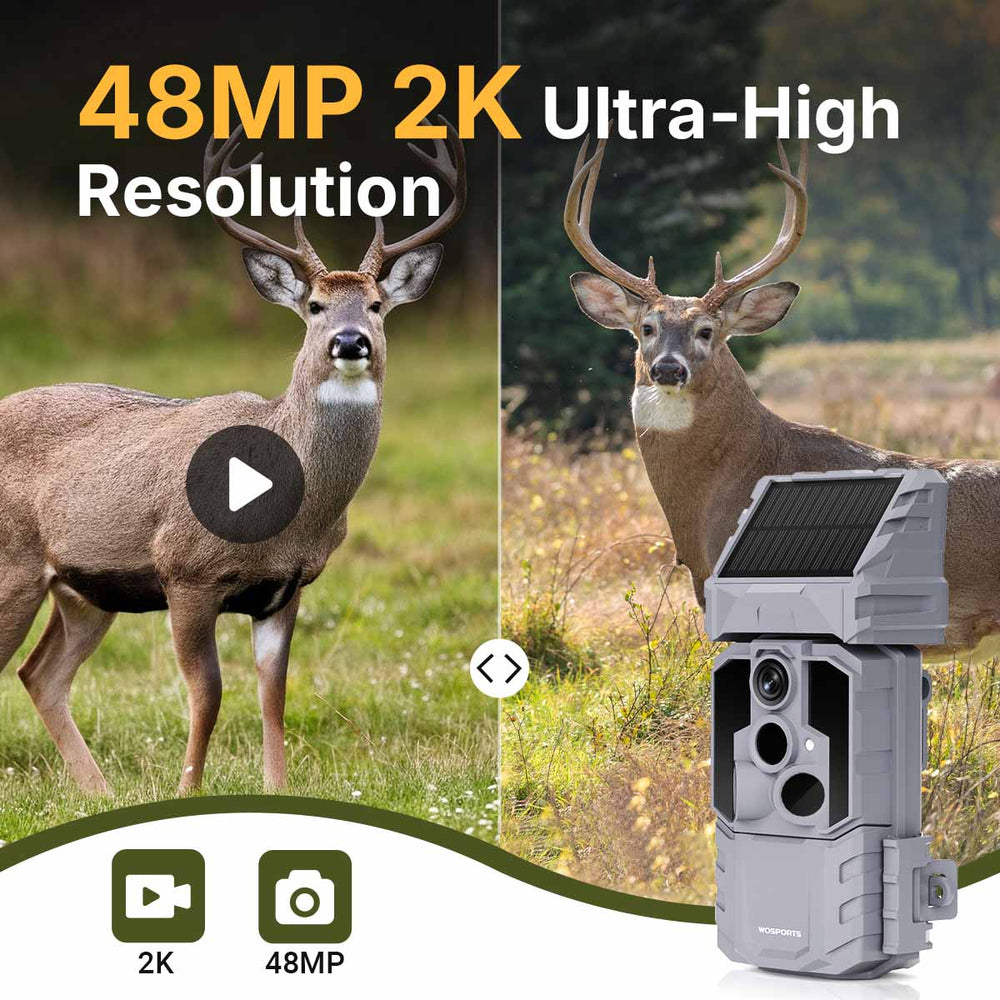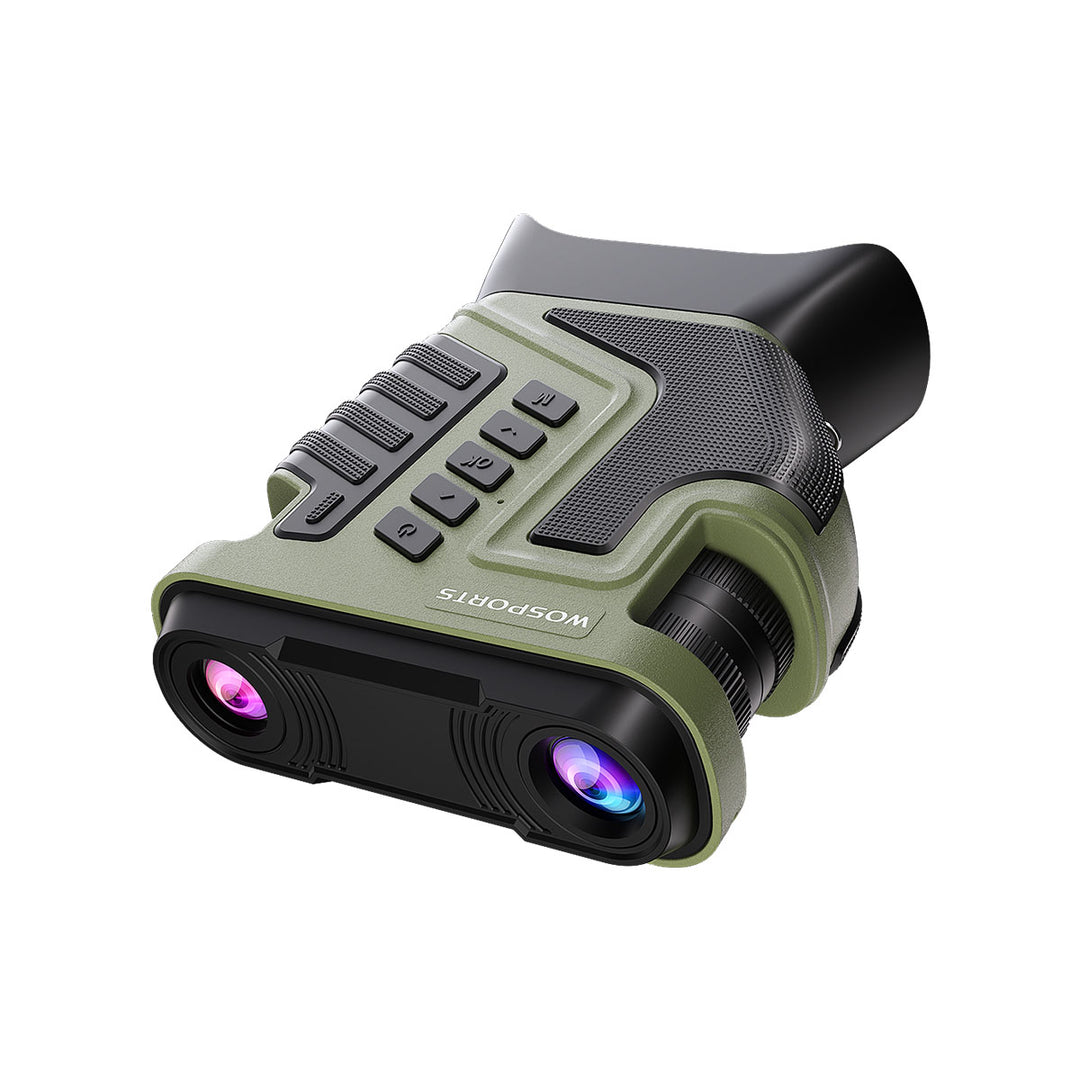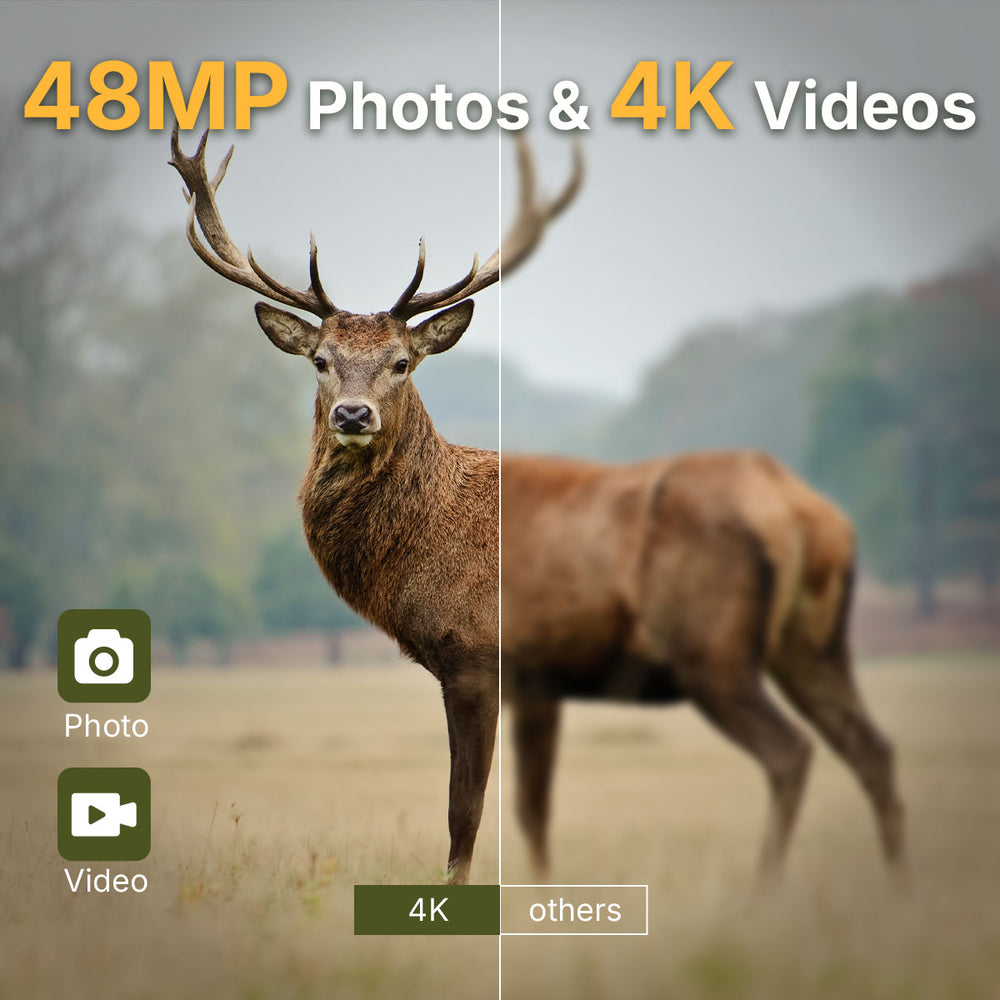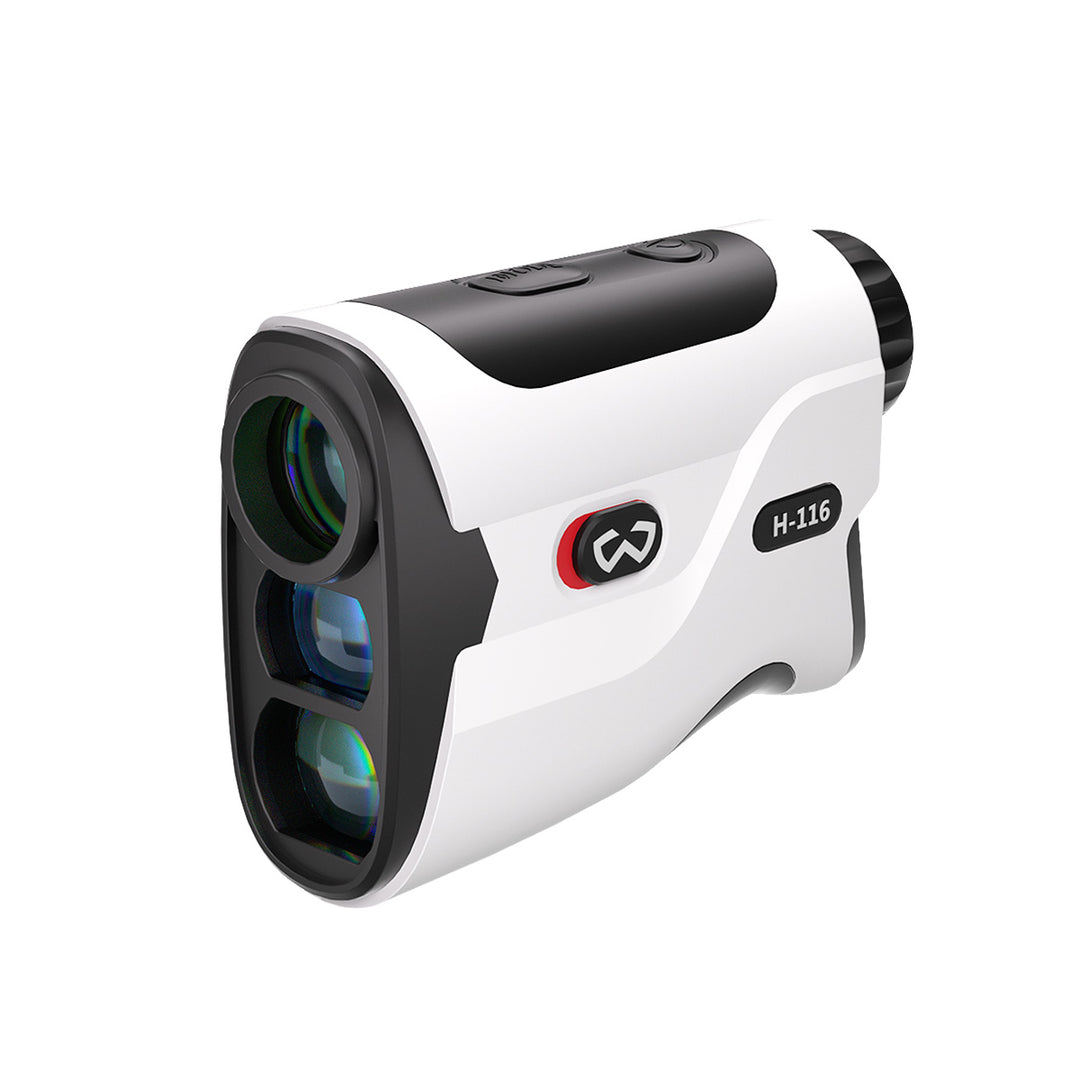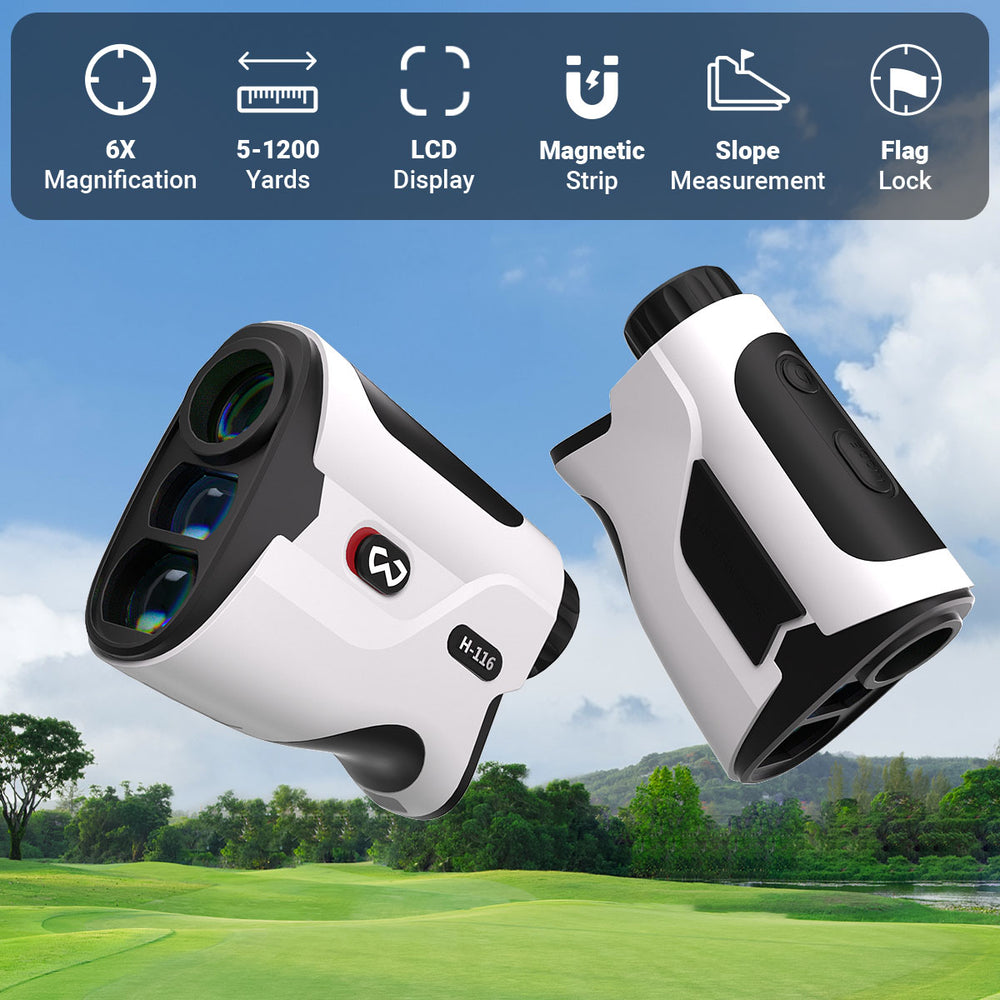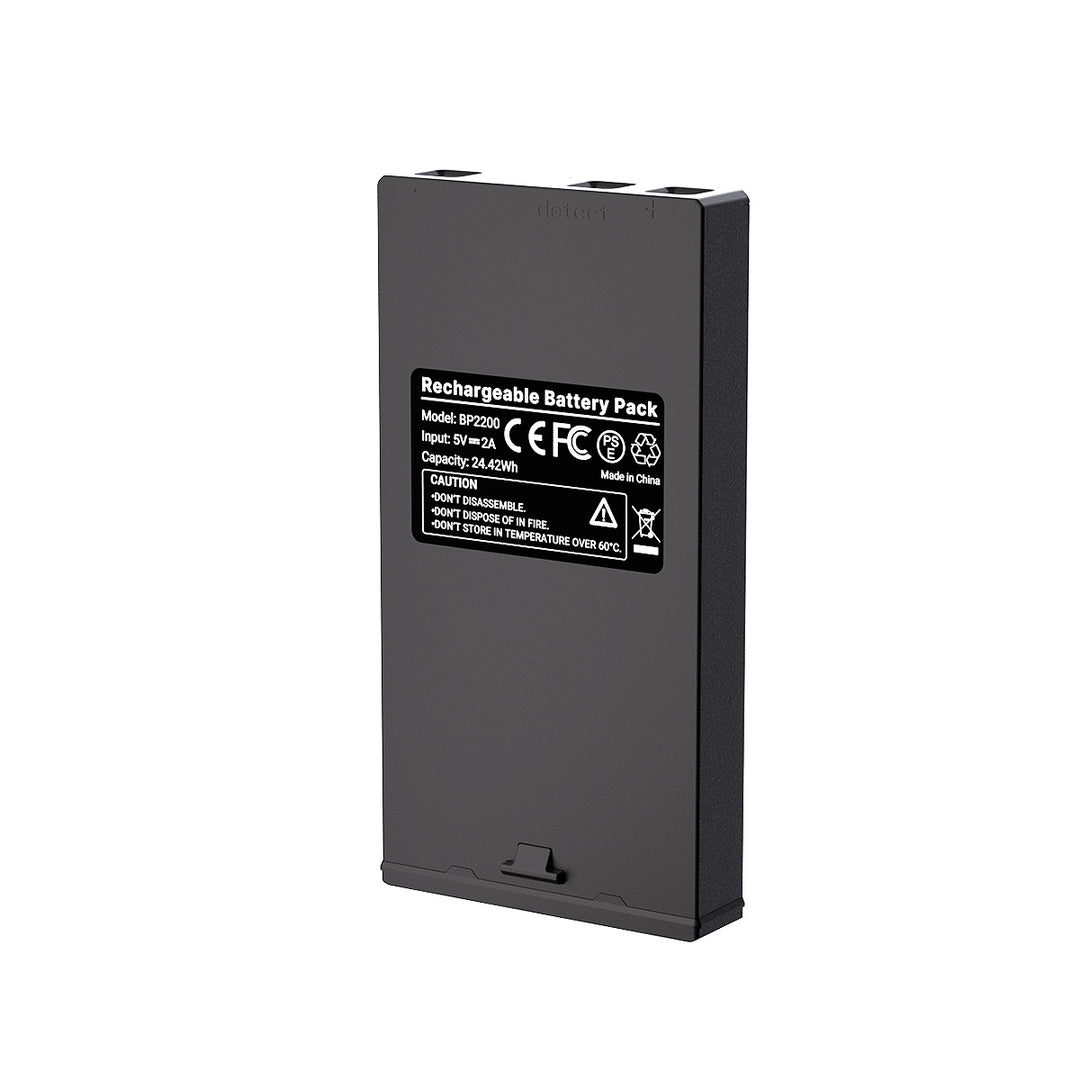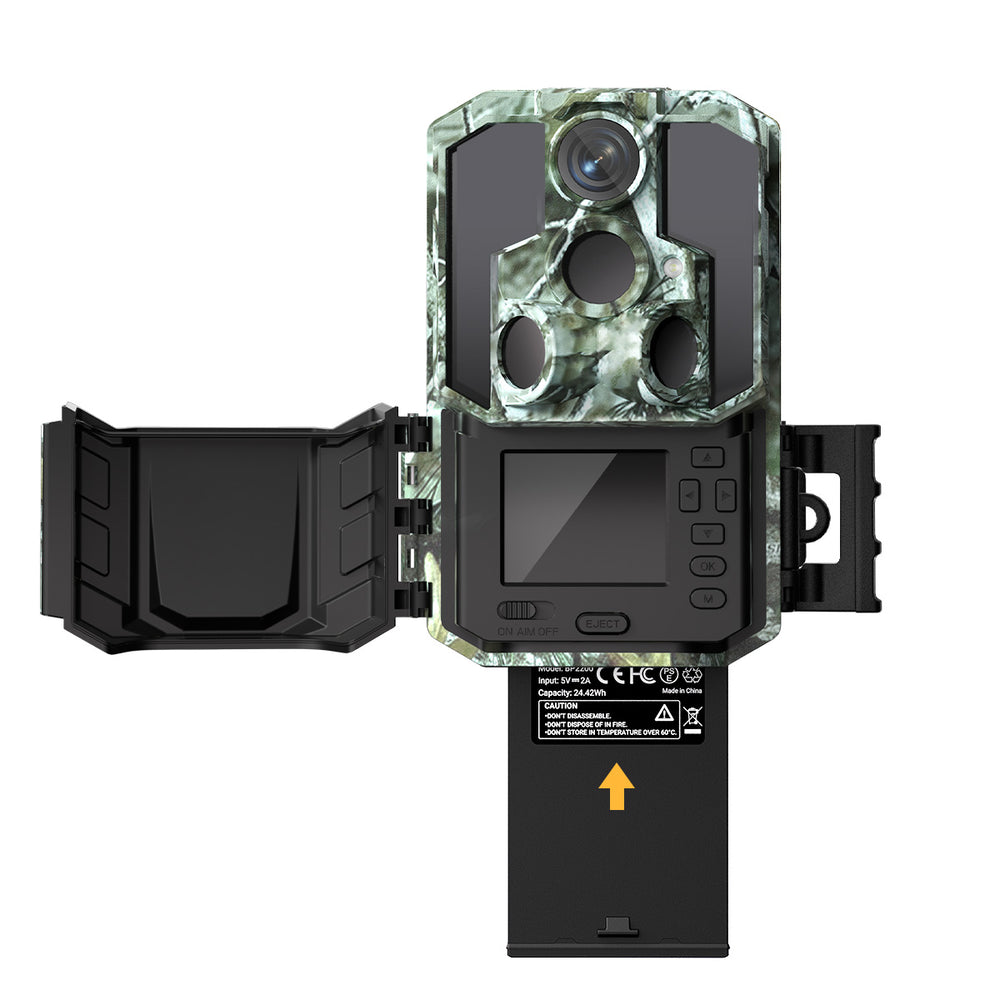Night Vision Goggles: Top 10 Common Questions Answered
Question 1: How Do Night Vision Goggles Work?
Night vision goggles work by amplifying available light, such as moonlight or starlight, to provide a clearer view in low-light environments. These devices use a special tube known as an image intensifier, which captures and intensifies light. The result is a brightened image that allows you to see in conditions where the human eye would struggle.

Question 2: What is Infrared Light? Do Night Vision Goggles Need It?
Infrared light is a type of light that is invisible to the human eye but can be detected by night vision devices. Night vision goggles often use infrared light to enhance visibility in complete darkness. Some models come with built-in infrared illuminators, which emit infrared light to increase the brightness of the image in total darkness. The WOSPORTS NV600 Night Vision Binoculars comes with such an infrared illuminator, making it a great tool for low-light environments.

Question 3: Can Night Vision Goggles Be Used in Complete Darkness?
Night vision goggles are effective in low-light environments, but they do need some ambient light to function properly. In complete darkness, night vision goggles will rely on infrared illuminators to enhance the image. However, in total blackness with no infrared light, the performance of night vision goggles can be limited.
Question 4: What’s the Difference Between Night Vision and Thermal Imaging?
Night vision goggles amplify visible light to create an image in dark conditions, while thermal imaging detects heat emitted by objects. Thermal cameras can detect heat signatures from animals, people, or vehicles even in complete darkness, making them ideal for search-and-rescue operations or security surveillance.
Question 5: How Long Do Night Vision Goggles Last?
The lifespan of night vision goggles can vary depending on the generation and quality of the device. Generally, high-quality night vision goggles can last for several years with proper care. The most significant factors affecting their longevity include usage frequency, storage conditions, and maintenance.
Question 6: How Do I Choose the Right Night Vision Goggle Model?
When choosing a night vision goggle, consider the following:
Purpose: Are you using them for hunting, surveillance, or military activities?
Budget: Higher-end models (such as Gen 3 goggles) offer superior performance but come at a higher price.
Range and Clarity: Higher generations provide better clarity and range, but also come at a premium price.
Durability: If you plan to use the goggles in harsh conditions, look for models that are rugged and weather-resistant.
The WOSPORTS NV600 offers an excellent balance of quality and affordability for most general outdoor activities.
Question 7: Are Night Vision Goggles Waterproof?
Not all night vision goggles are waterproof. It’s essential to check the product specifications to see if the model you’re considering is water-resistant or fully waterproof. Waterproof models are ideal for use in outdoor environments like hunting, hiking, or marine activities.
Question 8: What’s the Battery Life of Night Vision Goggles?
The battery life of night vision goggles depends on factors like the generation, power usage, and features like infrared illuminators. On average, night vision goggles can last between 20 to 40 hours on a set of batteries. Using infrared illumination will reduce battery life.

Question 9: Are Night Vision Goggles Suitable for Wildlife Observation?
Yes! Night vision goggles are excellent tools for observing wildlife at night. They allow you to see animals in their natural environment without disturbing them with bright lights. Choose a model with a long-range and clear image for the best wildlife viewing experience.

Question 10: How Do I Clean and Maintain My Night Vision Goggles?
To keep your night vision goggles in good condition, follow these maintenance tips:
- Clean the lens with a microfiber cloth to remove dirt and fingerprints.
- Store the goggles in a protective case when not in use to prevent damage.
- Avoid exposing the goggles to direct sunlight, as it can damage the image intensifier tube.
- Regularly check the batteries and replace them as needed to ensure optimal performance.
Search
Popular Posts
Recent Posts

Nov 28, 2024
Troubleshooting Common Trail Camera Issues
Jan 10, 2025
Why Does My Trail Camera Stop Working at Night?

































